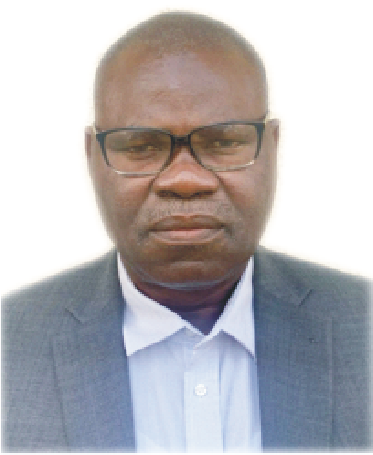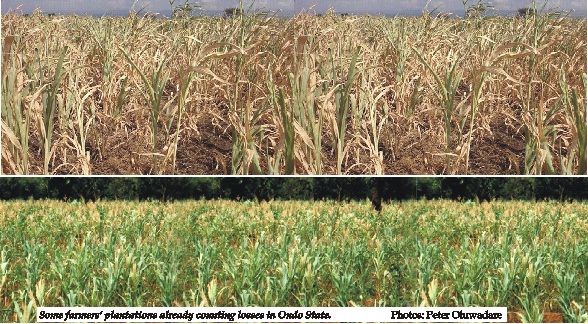Uterine Fibroids
Uterine Fibroids
By Dr. Aragbaye
|
Uterine fibroids are noncancerous growths of the uterus that often appear during childbirth. Uterine fibroids are not associated with an increased risk of uterine cancer.
Fibroids range in size from seedlings, undetectable by the human eye,to bulky masses that can distort and enlarge the uterus.
Many women have uterine fibroids sometime during their lives, but most don’t know they have uterine fibroids because it is usually symptomless.
TYPES
The types of fibroid depend on the location in the uterus. The types of fibroid are:
Intramural fibroids- These are the most common type of fibroid. These types appear within the muscular wall of the uterus. These may grow larger and cover the womb.
Subserosal fibroids. These fibroids form outside the uterus. They may grow large enough to make the womb appear bigger on one side.
Pedunculated fibroids. Subserosal fibroids can develop a stem that support the fibroid, when they do , they are known as penduculated fibroids
Submucosal fibroids. These types of fibroids develop in the middle muscle layer. This type is not as common as the others.
There are four types of
CAUSES
The cause of uterine fibroids is unknown but research and clinical experience point to some factors:
Genetic changes. Many fibroids contain changes in genes that defer from those in normal uterine muscle cells.
Hormones. Fibroids contain more oestrogen and progesterone receptors than normal uterine muscles cells do. Fibroids tend to shrink after menopause due to decrease in hormone production.
Other growth factors. Substances that help the body maintain tissues, such as insulin-like growth factor, may affect fibroid growth.
Extracellular matrix (ECM). ECM is the material that makes cells stick together, like mortar between bricks. ECM is increased in fibroids and makes them fibrous.
RISK FACTORS
There are few known risk factors for uterine fibroids, other than being a woman of reproductive age. Factors that can have an impact in the development of fibroids include:
Race. Black women are more likely to have fibroids than women of other racial groups. In addition black women have fibroids at younger ages and have more or larger fibroids with more severe symptoms.
Family history
Other factors. Onset of menstruation at early age; obesity; a vitamin D deficiency; having a diet higher in red meat and lower in green vegetables, fruit and dairy; and drinking alcohol, including beer, appear to increase the risk of developing fibroids.
Pregnancy
Age older than 30
Never having given birth to a child ( called nulliparity)
SYMPTOMS
Most fibroids even large ones produce no symptoms. These masses are often found during a regular pelvic examination. The following symptoms may be experienced:
Heavy bleeding between or during periods with blood clots.
Pain in the pelvis or lower back
Increased menstrual cramping
Increased urination
Pain during intercourse
Pressure or fullness in the lower abdomen
Swelling or enlargement of the abdomen
Infertility
A pelvic mass on palpation
Prolonged menstruation.
DIAGNOSIS
As fibroids often don’t show symptoms, they are usually diagnose during routine pelvic examinations. The following diagnostic tests can detect fibroids and rule out other conditions:
Ultrasound
MRI
Hysteroscopy
Laparoscopy
TREATMENT
Treatment is only recommended for those women experiencing symptoms as a result of fibroids. If the fibroids are not affecting the quality of life, treatment may not be necessary.
When treatment is necessary, it can take the form of medication or surgery. The location of the fibroids, the severity of symptoms, and any future childbearing plans can all affect the decision on treatment.
COMPLICATIONS
Fibroids do not normally result in complications, but if they occur, they can be serious and even life threatening. Complications include:
Menorrhagia, also called heavy bleeding. This can lead to depression, anaemia and fatigue
Abdominal pain. This can lead to constipation with painful bowel movement.
Pregnancy problems. Preterm birth, labour problems, and miscarriages
Infertility. In some cases conception may be difficult for women with fibroids especially submucosal fibroids.
Leiomyosarcoma.
Other serious complications include acute thromboembolism, deep vein thrombosis, acute renal failure and internal bleeding.









